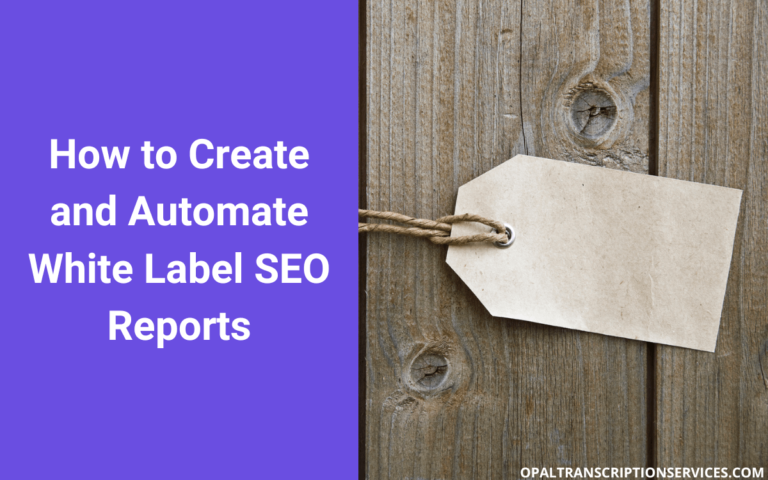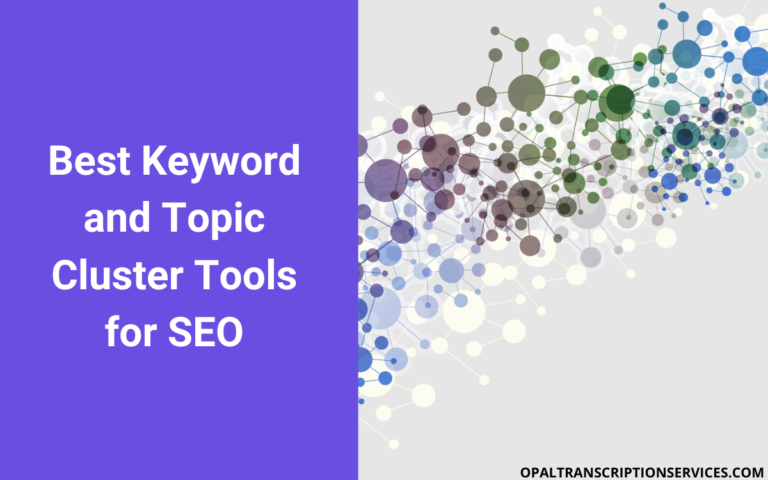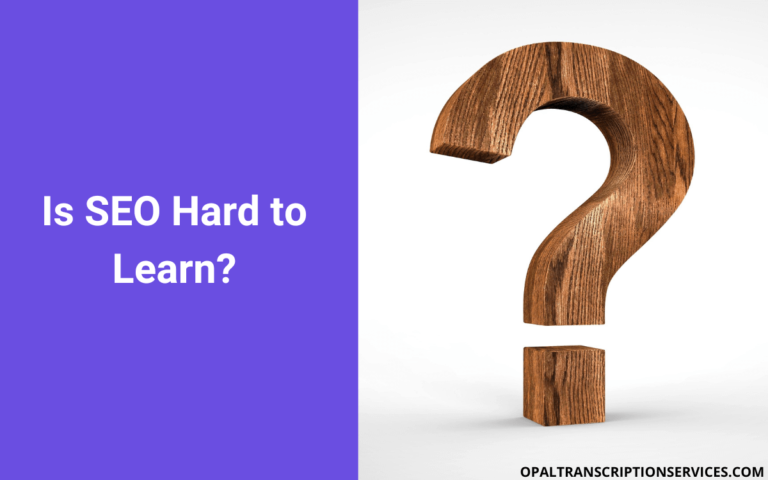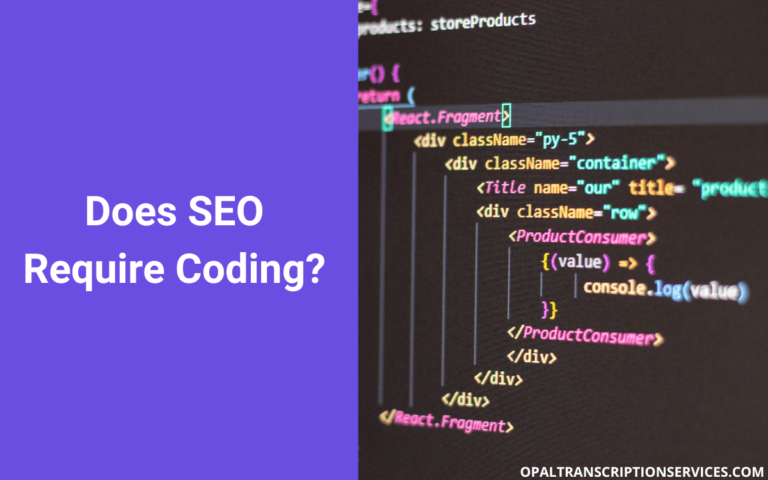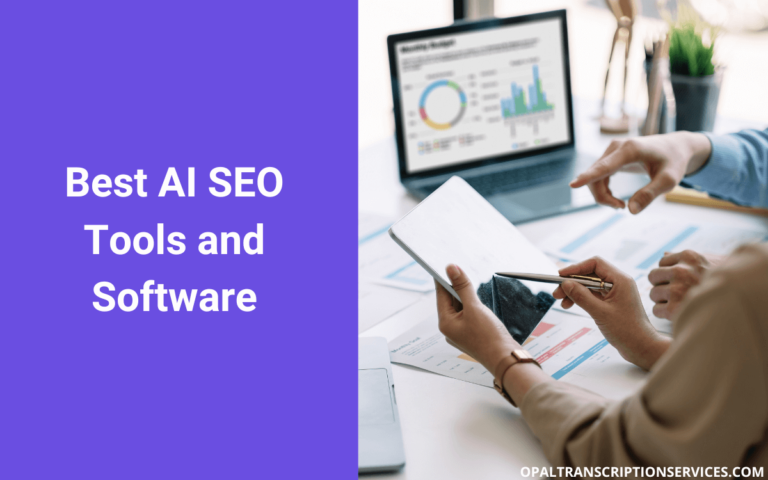How to Use AI in Your SEO Strategy in 2024
In years past, artificial intelligence was the exclusive realm of big tech titans like Google and IBM. Today, it’s more accessible than ever to the average user, no matter the industry. Some of the biggest adopters of AI solutions today are SEOs, digital marketers, and even small businesses and solopreneurs looking to improve their search rankings and generate more organic traffic. In fact, top AI statistics from multiple sources demonstrate the growing adoption and benefits of AI – and GenAI – in particular — among marketing professionals.
In this post, we’ll look at what AI SEO is, why it’s important, and how you can leverage it in your SEO strategy, from scaling content production to implementing chatbots and harnessing the power of predictive analytics.
What is AI SEO?
AI in SEO refers to the use of artificial intelligence technologies to support search engine optimization efforts. Here are a few important AI technologies and applications and how they relate to SEO:
Machine learning
Machine learning algorithms are a set of instructions that allow computers to learn from data, improving their performance over time without being explicitly programmed to do so.
In simple terms, here’s how machine learning works:
During the training phase, the algorithm is given a large dataset to learn from. For example, the algorithm might be given thousands of emails labeled as “spam” or “not spam.”
It then analyzes the dataset for patterns and relationships. For instance, it might notice that emails with the words “business opportunity” are often classified as spam.
After the initial training phase, the algorithm is tested with a new dataset to see if it can accurately apply what it has learned to the new data.
From then on, the algorithm’s performance continues to improve as it’s exposed to more data, resulting in continually more accurate predictions.
Machine learning technology has a far-reaching role in the SEO landscape. Perhaps the most notable is major search engines’ use of ML technology in components of their core algorithms, such as Google’s RankBrain, which can understand the context and intent behind search queries.
Much of today’s SEO software uses machine learning to analyze keyword and competitive data and determine how they impact search engine results. This lets marketers make sense of vast amounts of data, which would be nearly impossible to do manually.
Natural language processing (NLP)
Natural language processing is a branch of artificial intelligence that enables computers to understand, interpret, and generate human language in a way that is meaningful and useful.
We increasingly see NLP being used in search engine algorithms to better understand the context and intent behind search queries. Examples are Google’s BERT and MUM.
From a content optimization perspective, NLP helps SEOs understand how people naturally talk and write about a certain topic.
AI SEO software such as Surfer SEO and NeuronWriter use NLP and machine learning to analyze top-performing content for a given search query and identify specific keywords, phrases, language patterns, and article structures that correlate with high rankings.
Including these so-called “NLP entities” in your content can improve its comprehensiveness and relevance, aligning it more closely with search intent and potentially boosting its performance in search results.
These tools also help with content planning by identifying topic clusters – groups of keywords each targeting a separate but related theme. This can be used to inform your internal linking strategy and site architecture or “silos,” improving the ranking of so-called pillar content and building topical authority.
AI chatbots, discussed in an upcoming section, are another application of NLP and machine learning that can indirectly help your SEO strategy.
Predictive analytics
Predictive analytics is increasingly being used in various fields, such as finance, marketing, healthcare, and manufacturing, to anticipate future events or behaviors based on historical data. It combines historical data with statistical algorithms and machine learning to identify insights, trends, and patterns that can inform decisions and enable accurate forecasts.
In SEO, this can involve predicting changes in search trends, user behavior, and even updates to search algorithms. This helps businesses adjust their SEO strategies ahead of the curve, giving them a competitive edge.
Examples of tools that employ predictive analytics for SEO include BrightEdge, CanIRank, and Market Brew.
Google also recently introduced predictive metrics in Google Analytics 4 (GA4). For instance, you can view data on the likely churn of users in the next seven days or the probable revenue from a particular group of customers.
Voice and visual search
With the rise of virtual assistant applications like Google Assistant, Amazon’s Alexa, and Apple’s Siri, voice search has become a significant area of focus for major search engines.
Marketers can compete in voice search by optimizing for more conversational, natural queries, as people tend to use more complete sentences or questions when speaking compared to typing.
For example, instead of typing “weather New York,” a voice search user might ask, “What’s the weather like in New York today?” SEO tools like Surfer and Frase can help identify the questions that searchers ask most often in relation to your target keyword.
Meanwhile, image recognition technologies like Google Lens and Pinterest Lens use AI to identify objects, people, colors, and even emotions in images. These platforms let users search for products or other items using their camera or an image, providing marketers with more opportunities to generate traffic via image search.
Content generation
Generative AI is a branch of AI that allows computers to create content similar to human-generated content in response to prompts, such as writing text, creating images, or composing music. It learns from existing data and then generates new data that mimics the style and structure of the learned data.
In SEO, generative AI is increasingly being used to create full-length blog posts and other SEO-optimized content based on keyword research. This can help SEOs scale content creation and, combined with traditional best practices, improve SEO performance.
OpenAI’s ChatGPT, Jasper AI, and Writesonic are examples of generative AI tools used in SEO. They can generate human-like text, such as blog posts, product descriptions, and meta descriptions, which can then be further optimized for specific keywords to help improve search rankings.
Why is AI important for search engine optimization?
Whether you’re a blogger, affiliate marketer, content manager, or agency owner responsible for a large portfolio of client sites, there are several good reasons to consider including AI in your SEO and content marketing strategy.
Here are a few of the major benefits and advantages of AI SEO:
Improved efficiency
AI algorithms can analyze tremendous amounts of data much faster than humans, providing real-time insights and recommendations to improve your SEO strategy.
In addition, AI can in some cases completely eliminate certain time-consuming tasks, such as writing articles and landing pages. Generative AI applications like AI writing assistants and art generators have made it possible for marketers to produce large amounts of high-quality, optimized content at scale, saving them hours of time on their daily SEO workflow.
This can significantly increase the efficiency of SEO processes and the productivity of SEO teams.
Enhanced precision
AI can help marketers and businesses better understand the nuances of search engine algorithms and user behavior, making their SEO efforts more precise. With machine learning, AI systems can continuously learn from new data, improving the accuracy of their predictions and recommendations over time.
Better understanding of search intent
Through NLP and machine learning, AI can help businesses understand the actual intent behind search queries. This allows businesses to create content that better satisfies user needs, improving its search rankings.
Personalization
AI can segment and analyze data about user behavior, location, preferences, and more, enabling businesses to create personalized experiences for their audience. Personalization can significantly enhance user engagement, leading to lower bounce rates, higher dwell time, and ultimately, better SEO results.
Forecasting
AI can use historical data to predict future trends and outcomes. This predictive capability can help businesses stay ahead of the curve in their SEO efforts, allowing them to adapt their strategies based on anticipated changes in user behavior or search engine algorithms.
Reduced costs
Although the initial investment in AI technologies can be significant, in the long run, AI can make SEO efforts more cost-effective by automating routine tasks, minimizing human error, and improving the effectiveness of SEO strategies with the help of better data.
4 ways to use AI in your SEO strategy
If you’re interested in leveraging the power of AI SEO to help you be more productive and data driven with your marketing, here are three tactics to consider:
Use AI SEO tools for content creation and on-page SEO
When it comes to using AI to scale content production, start by implementing a clear policy for AI-generated content. With the release of ChatGPT, for instance, many organizations decided to introduce a target ratio of human to AI-generated content, which is a great starting point.
The next step is to implement a review process for AI-generated content. This could involve appointing a team of “AI editors” and a managing editor responsible for reviewing, revising, and approving content to ensure it aligns with your organization’s quality standards and brand voice.
Building your AI SEO tech stack comes next. AI writing tools like Jasper and Writesonic provide up-to-date facts, getting around ChatGPT’s limitation of outdated (November 2021) data. These tools can generate article outlines, full-length blog posts, SEO title tags, and meta descriptions. Some AI content generators, such as ZimmWriter, have a bulk article generation feature.
Another interesting development gaining steam in the world of AI content creation is prompt chaining tools like Riku.ai.
Prompt chaining is a tactic where the output from one prompt is used as the input for the next prompt, creating a “chain” of prompts and responses. By creating a series of linked prompts around a target keyword, SEOs can generate content that not only covers the subject matter more thoroughly but also incorporates semantically-related keywords.
Like with all AI-generated content, it’s crucial to review and edit the output to ensure it’s accurate and meets searcher intent.
During the editing process, consider using a content optimization tool like Surfer SEO or Frase to optimize your content with NLP keywords (discussed above). Besides creating optimized content, Surfer can also help with content planning and topical authority optimization by conducting keyword research and generating topic cluster ideas.
If you need images for your blog posts, you can use an art generator like Midjourney, DALL-E 2, or Stable Diffusion to create realistic-looking imagery that rivals top-quality stock photos at a fraction of the time and cost of sourcing them manually.
Automate social media marketing
AI-powered social media tools can help you create social media posts, generate eye-catching graphics, and automate entire social media campaigns in just a few clicks. They can also curate content based on your audience’s interests and trending topics in your industry, as well as determine the optimal times to send posts based on user behavior.
Implement an AI chatbot
AI-powered chatbots are the next revolution in customer service and user experience.
Unlike rule-based chatbots, which can only respond to specific commands and lack the ability to understand context or ambiguity, AI chatbots can interpret and engage in natural language and understand a user’s intent, even if the phrasing or query is not exactly as pre-programmed.
In addition to natural language processing, AI chatbots also use machine learning, which means their responses continue to improve as they interact with customers. They can indirectly improve your website’s search optimization in several ways:
- Improved user engagement. Chatbots can interact with users in real-time, answering queries, providing information, and guiding users through your site. This active engagement can reduce bounce rates and increase the time users spend on your website – factors that can positively impact your SEO.
- Enhanced user experience. By providing immediate, automated customer service and support, chatbots can significantly enhance the user experience on your website. A positive user experience can lead to higher user retention and more return visits, indirectly influencing SEO.
- Increased pageviews. Chatbots can guide users to relevant content or pages on your website, increasing the number of pageviews and internal traffic. This can send positive signals to search engines about your website’s value and relevance.
- Gathering user insights. Chatbots can collect valuable data from users, such as their common questions or areas of interest. These insights can be used to optimize your content and SEO strategy.
There are no-code platforms available that make it easy to add a chatbot to your site using a snippet of pre-generated code. Some popular AI chatbot solutions are Chatfuel, Tidio, Landbot, and Botsonic.
These platforms come with pre-built templates for various industries and use cases. You can also customize your chatbot’s appearance, create conversation flows, and set up automatic responses to common queries.
Automate video SEO
AI has a ton of exciting new implications for video SEO. Here are just a few of the ways that content creators are using AI to scale video marketing campaigns:
- Video narration. AI avatar and voice generator software like Synthesia and Elai can create realistic avatars or voices for your videos, or even create an avatar of your own face. This can be a cost-effective way to narrate video presentations and educational content without needing a human presenter or video production team.
- Video editing. AI video editing platforms make it easy for anyone to create professional videos even without video editing experience. For instance, software like Descript turns your video recording into text and lets you edit it as if you’re editing a document: When you delete specific words and phrases, the software will cut those sections from your video. Descript can even turn any new text you write into audio by cloning and overdubbing your voice, making it easy to correct mistakes in the narration.
- Transcription and captioning. AI apps like Otter.ai can automatically transcribe and caption your videos, improving accessibility and user experience. In addition, transcripts are readable and indexable by search engines, helping you get more SEO mileage out of your video content.
- Thumbnail creation. AI can create and optimize video thumbnails to boost click-through rates. For example, TubeBuddy offers suggestions for thumbnail design based on data about what kind of images perform best.
- Video optimization. AI can analyze your video content and provide recommendations for SEO optimization. Tools like vidIQ use AI to offer insights into optimal video length, ideal publishing time, keyword recommendations, and more. AI can also help generate relevant tags, titles, and descriptions for your videos, making them more discoverable. Tools like Microsoft’s Azure Video Indexer can automatically extract insights from the video and provide relevant keywords for metadata.
- Content repurposing. AI video generators like Pictory and Lumen5 can convert your blog posts or articles into engaging, shareable videos. These tools work by identifying the key points in your text content and turning them into video scripts. They can even select relevant images, videos, and music to go along with the script. This can be a great way to repurpose your existing content and improve your visibility on video-sharing platforms and social media.
Can Google identify AI-generated content?
Yes, in general, search engines like Google (and AI content detectors) can detect AI-generated content. However, Google’s most recent stance is that, rather than penalizing automated content, it will reward high-quality content whether or not it was generated with AI.
Therefore, instead of attempting to spin content so that it’s “undetectable” by AI content generators, SEOs who want to take advantage of generative AI tools like Jasper and ChatGPT should focus on creating detailed, high-quality content briefs and prompts and incorporating Google’s E-E-A-T guidelines for webmasters into their AI-generated content.
In addition, balancing content creation with strategies like link building, internal linking, and topic clusters can potentially offset some of the problems some SEOs may fear in terms of how search engines will actually treat AI content.
AI: The future of SEO
By leveraging the power of AI SEO, you can gain a competitive edge, achieve higher rankings, and drive more organic traffic to your website.
However, always keep in view that AI should be used as a supplement to – not a replacement for – traditional SEO best practices. Consistently providing high-quality, valuable content is the best way to future-proof your site for Google while offering a great user experience to human visitors too.

